Understanding the Basics of an Oxy Gas Welding Kit
What is an Oxy Gas Welding Kit?
An oxy gas welding kit is a critical tool for both professionals and DIY enthusiasts engaged in metal fabrication. This assembly of equipment allows users to join metals by melting them together with a high-temperature flame produced by burning a mixture of oxygen and acetylene gas. The oxy-acetylene welding process is renowned for its versatility and efficiency, enabling smooth operation in various applications ranging from industrial manufacturing to artistic metalwork.
Components of a Standard Kit
The typical oxy gas welding kit includes several key components:
- Oxygen Cylinder: A tank that stores oxygen under high pressure, essential for supporting combustion.
- Acetylene Cylinder: A bottle that contains acetylene gas, the primary fuel for the torch flame, also stored under specific pressure.
- Regulators: Devices that control the pressure of the gases coming from the cylinders to ensure consistent flow.
- Hoses: Flexible tubes that transport the gases from the cylinders to the torch.
- Welding Torch: The tool where the gases mix together and ignite to form a high-temperature flame.
- Nozzles: Attachments at the end of the torch that determine the size of the flame and the concentration of heat.
- Fittings and Accessories: These might include flashback arrestors, safety glasses, and cleaning brushes for maintenance.
Safety Precautions When Using Oxy Gas Welding Kits
Safety is paramount when working with oxy gas welding kits, due to the potential hazards involved. Users should
- Always wear protective gear, including goggles, gloves, and flame-resistant clothing.
- Ensure proper ventilation in the workspace to prevent the accumulation of harmful gases.
- Regularly inspect hoses and connections for leaks, using soapy water to determine if bubbles form, indicating a leak.
- Keep flammable materials away from the welding area and use protective screens to safeguard against sparks.
- Store the cylinders upright in a secure and ventilated location, ensuring they are chained or secured to prevent tipping.
Choosing the Best Oxy Gas Welding Kit
Key Features to Look For
When selecting an oxy gas welding kit, several features should be carefully considered:
- Tank Size: Depending on the intended application, larger tanks may be necessary for extensive projects, while smaller tanks are more portable for light work.
- Regulator Quality: High-quality regulators provide precise control over gas flow and pressure, ensuring consistent performance.
- Hose Type and Length: Choose hoses that are durable and suitable for both oxygen and acetylene, with appropriate lengths for your workspace layout.
- NOZZLE Sizes: A kit with various nozzle sizes enhances flexibility in achieving different flame characteristics for diverse materials.
Comparing Prices and Brands
Prices for oxy gas welding kits can vary significantly based on brands and included components. For instance:
- Basic kits start around $99 and usually contain essential components.
- Mid-range kits priced around $200 offer additional features like more nozzles, better regulators, and more durable hoses.
- High-end kits can exceed $300, providing extensive packages for professional use with advanced safety features and extended warranties.
It’s essential to research reputable brands such as Harris, Victor, and Unimig, and compare user reviews to gauge performance and customer satisfaction.
Customer Reviews and Recommendations
Gathering insights from existing customers can greatly influence your purchasing decision. Look for reviews on forums, retail sites, and specialized welding supply websites. Emphasizing user experiences can uncover the longevity, efficiency, and safety of different kits.
Common Applications for Oxy Gas Welding Kits
Metal Fabrication
In the field of metal fabrication, oxy gas welding is often employed to create strong, durable joints between metal pieces. This includes fabricating parts for machinery, constructing metal frameworks, and producing artistic metal sculptures. The ability to heat and shape metals accurately makes oxy gas welding an invaluable technique in industrial settings.
Automotive Repairs
The automotive industry benefits significantly from oxy gas welding. Mechanics utilize these kits for tasks like exhaust system repairs, bodywork modifications, and even custom fabrication of parts. The precision of the flame allows for clean cuts and joins, essential for maintaining integrity in automotive structures.
Home Repair and DIY Projects
For DIY enthusiasts, an oxy gas welding kit opens up a realm of possibilities for home repair projects. Tasks such as hobbyist metalwork, custom furniture creation, and even crafting ornamental garden features can be tackled effectively with the right techniques. It empowers individuals to create bespoke items tailored to their personal aesthetics and needs.
Advanced Techniques for Using Oxy Gas Welding Kits
Welding vs. Cutting: Best Practices
Understanding the difference between welding and cutting methods is crucial when utilizing an oxy gas welding kit. Welding typically requires controlled heat to fuse materials, whereas cutting focuses on generating intense heat to separate them. Here are some best practices:
- Utilize the correct nozzle size for the task – a smaller nozzle produces a concentrated flame ideal for welding, while a larger one is more effective for cutting.
- Maintain a consistent travel speed when welding to ensure even penetration and avoid over-fusing materials.
- For cutting, position the flame at the correct angle, and initiate cuts smoothly to prevent any snagging or uneven edges.
Adapting Your Kit for Different Materials
Each material presents unique challenges and requires tailored approaches:
- Steel: A commonly welded material; it requires a neutral flame for best results. Ensure proper cleaning of surfaces to remove impurities.
- Aluminum: Requires a higher temperature, and specialized techniques such as using filler rods may be necessary.
- Cast Iron: Requires preheating to reduce cracking and allows for effective welding; using a filler rod is often essential.
Maintenance Tips for Longevity
Proper maintenance of your oxy gas welding kit ensures safety and extends its lifespan. Key tips include:
- Regularly check for and tighten all fittings and connections to prevent gas leaks.
- Clean hoses and torches periodically to avoid blockages and ensure efficient gas flow.
- Store equipment in a dry, cool place, keeping it away from extreme temperatures and direct sunlight.
- Inspect tanks for signs of wear and tear or damage, and have them checked by a professional as required.
Frequently Asked Questions About Oxy Gas Welding Kits
What Are the Limitations of Oxy Gas Welding?
While oxy gas welding is versatile, it does have limitations. It is not as efficient as modern forms of welding, such as MIG or TIG, especially for thicker materials. Additionally, the setup can be cumbersome, and safety measures are more stringent due to the flammability of the gases involved.
How to Properly Store Your Welding Kit?
Storage is paramount for safety and equipment longevity. Always keep tanks upright and secured, away from flammable areas. Use a storage cabinet if possible, ensuring it is well-ventilated and cool.
What Accessories Enhance Your Oxy Gas Welding Kit?
Several accessories can enhance the functionality of your oxy gas welding kit, including:
- Flashback Arrestors: Essential for preventing flames from traveling back into the hoses.
- Cutting Attachments: Allow for more specialized cutting work alongside standard welding.
- Protective Gear: Including aprons, gloves, and helmets to maintain safety while working.
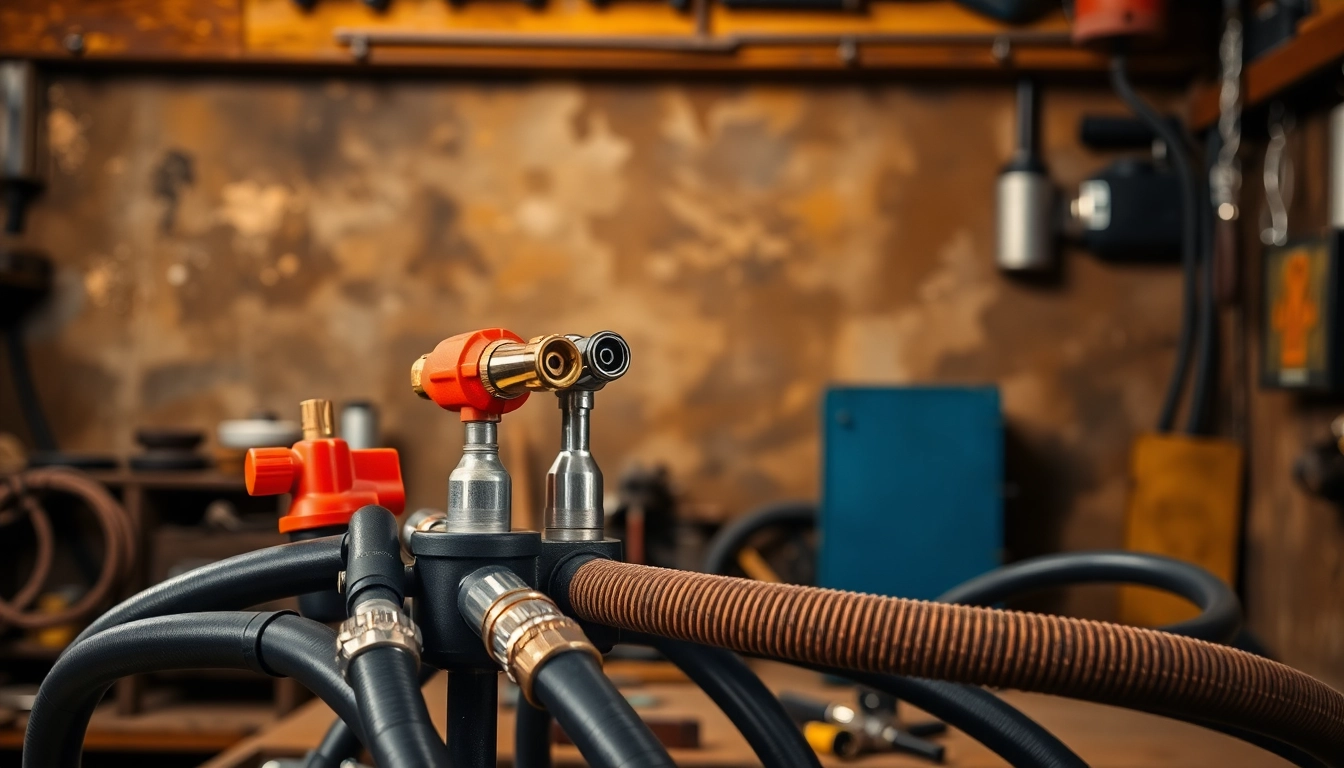
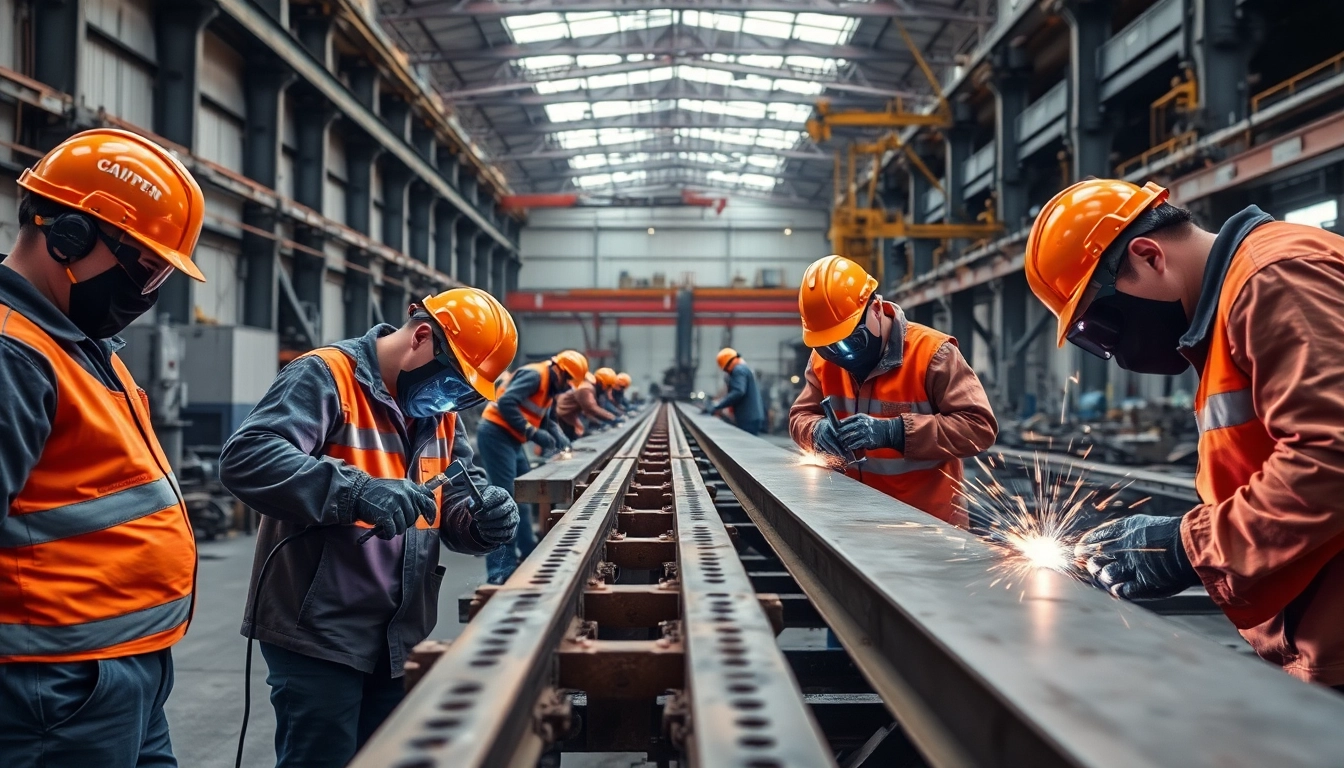
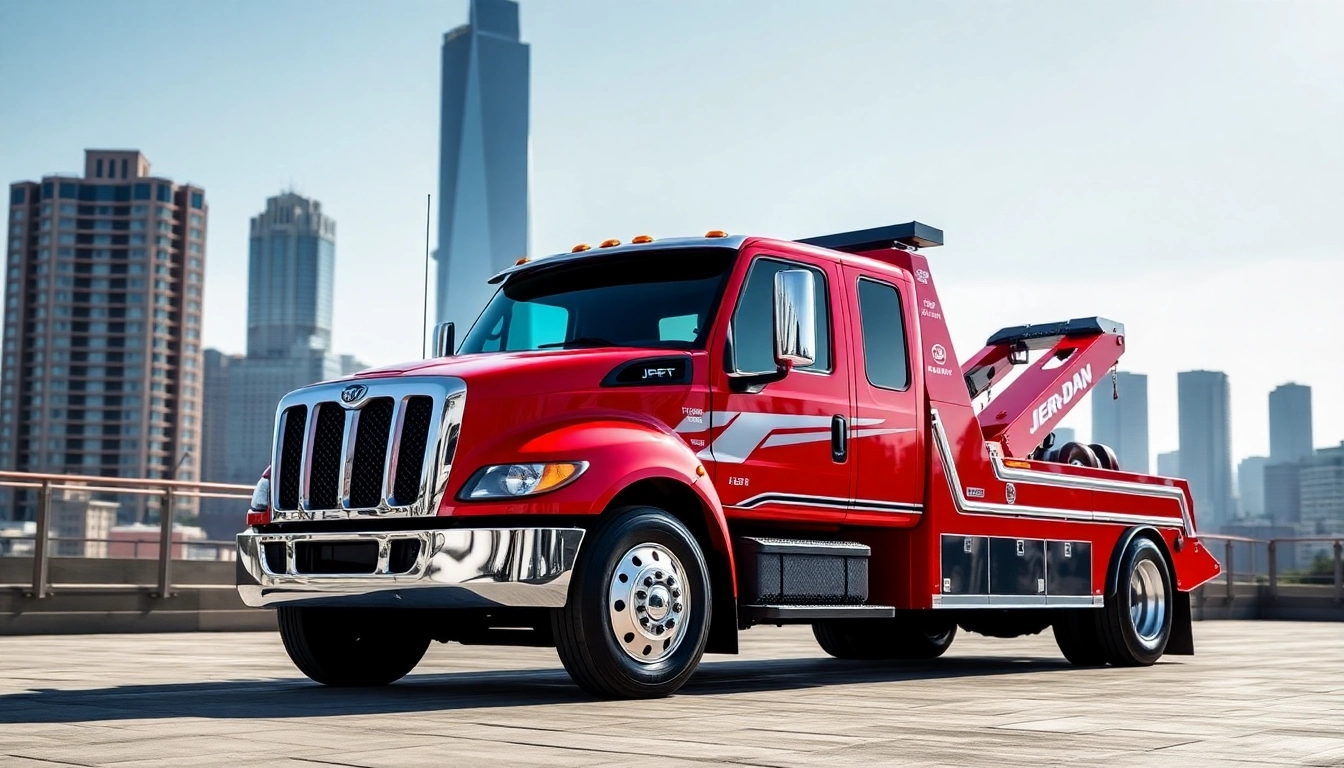
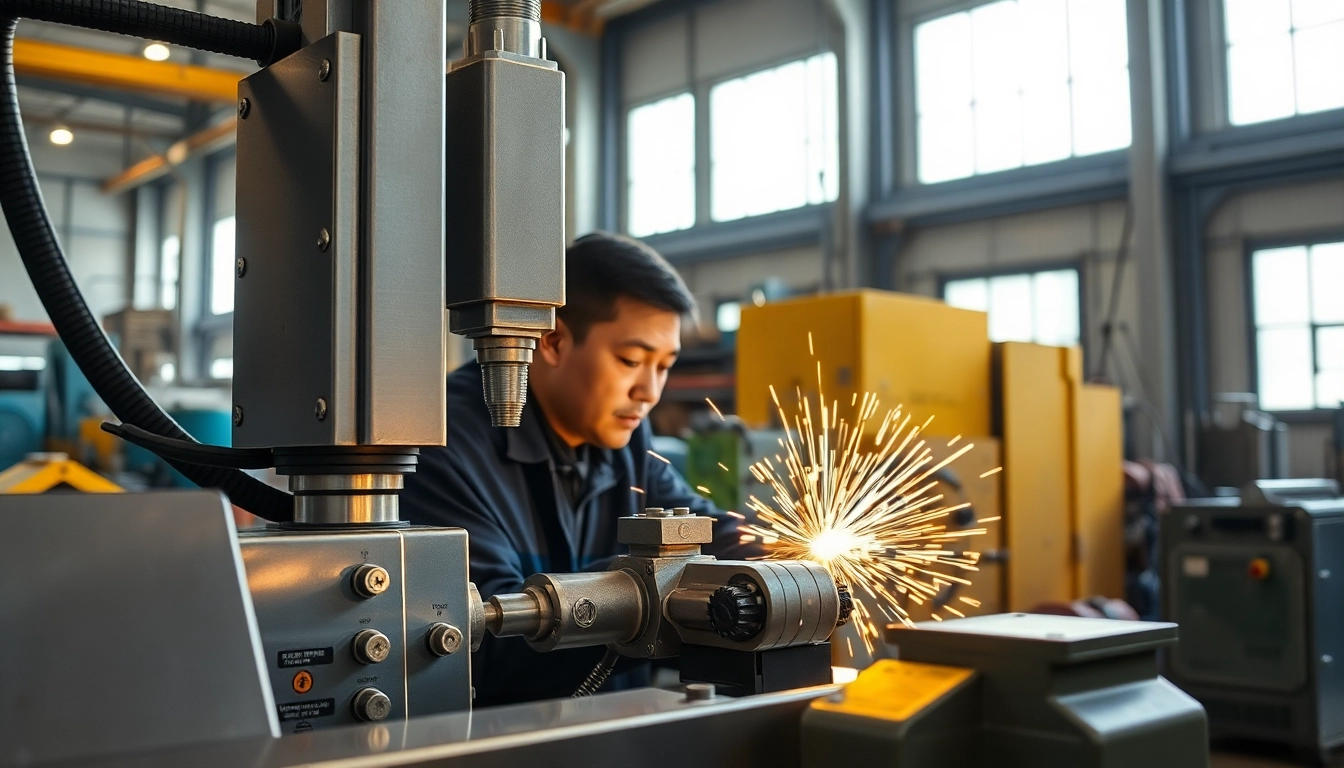


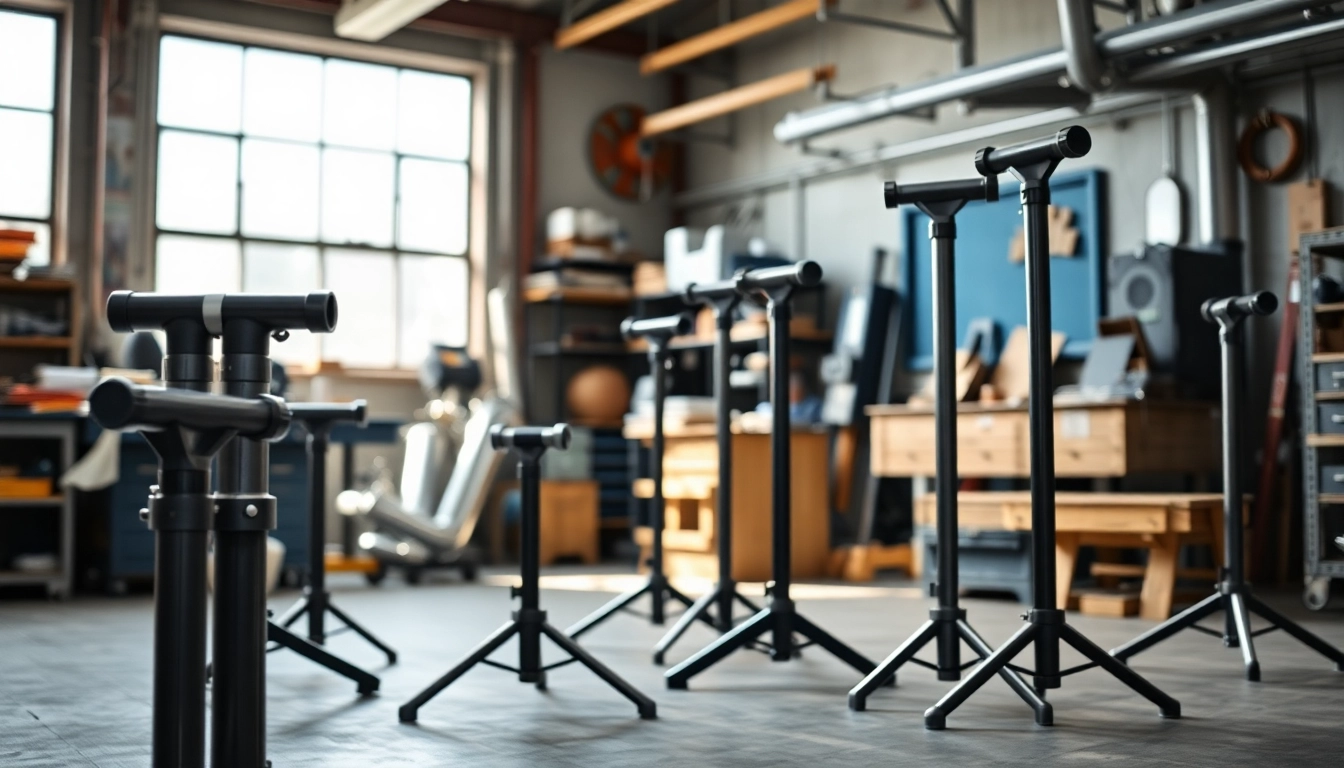
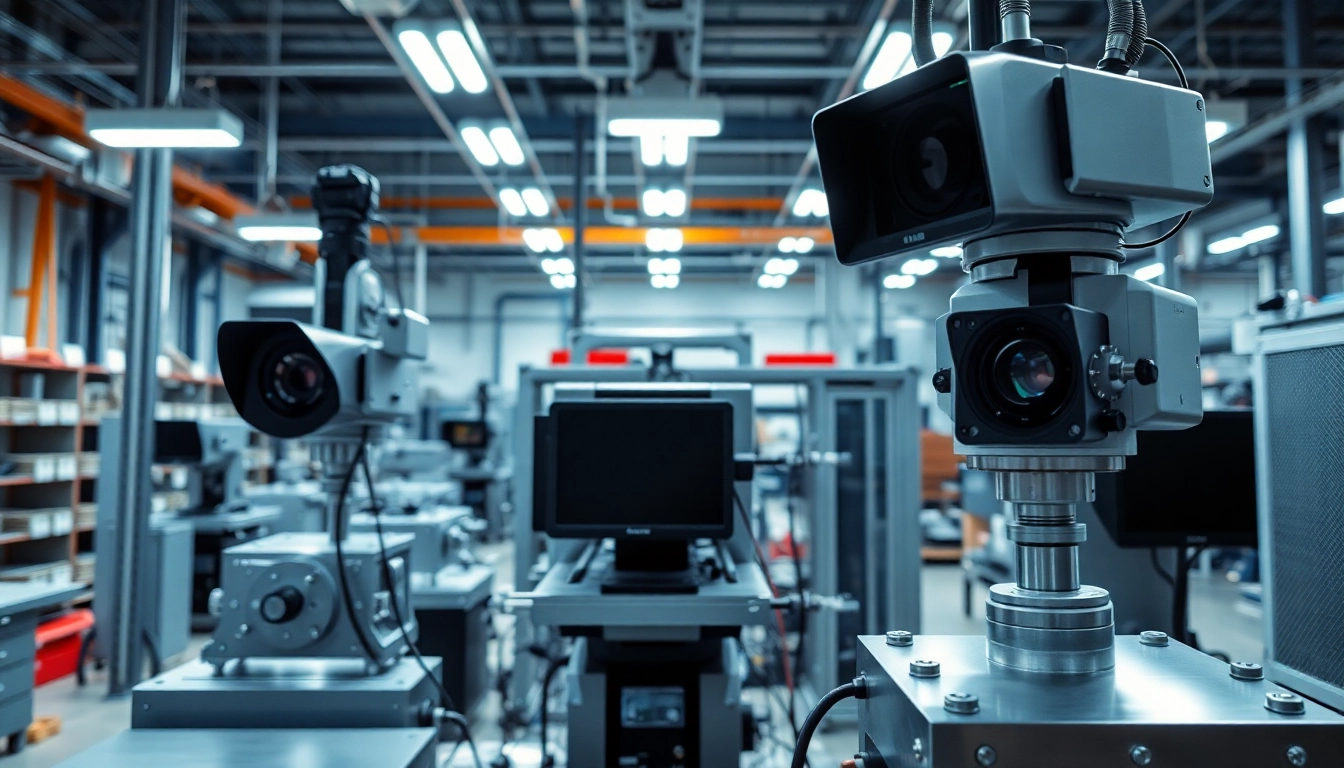


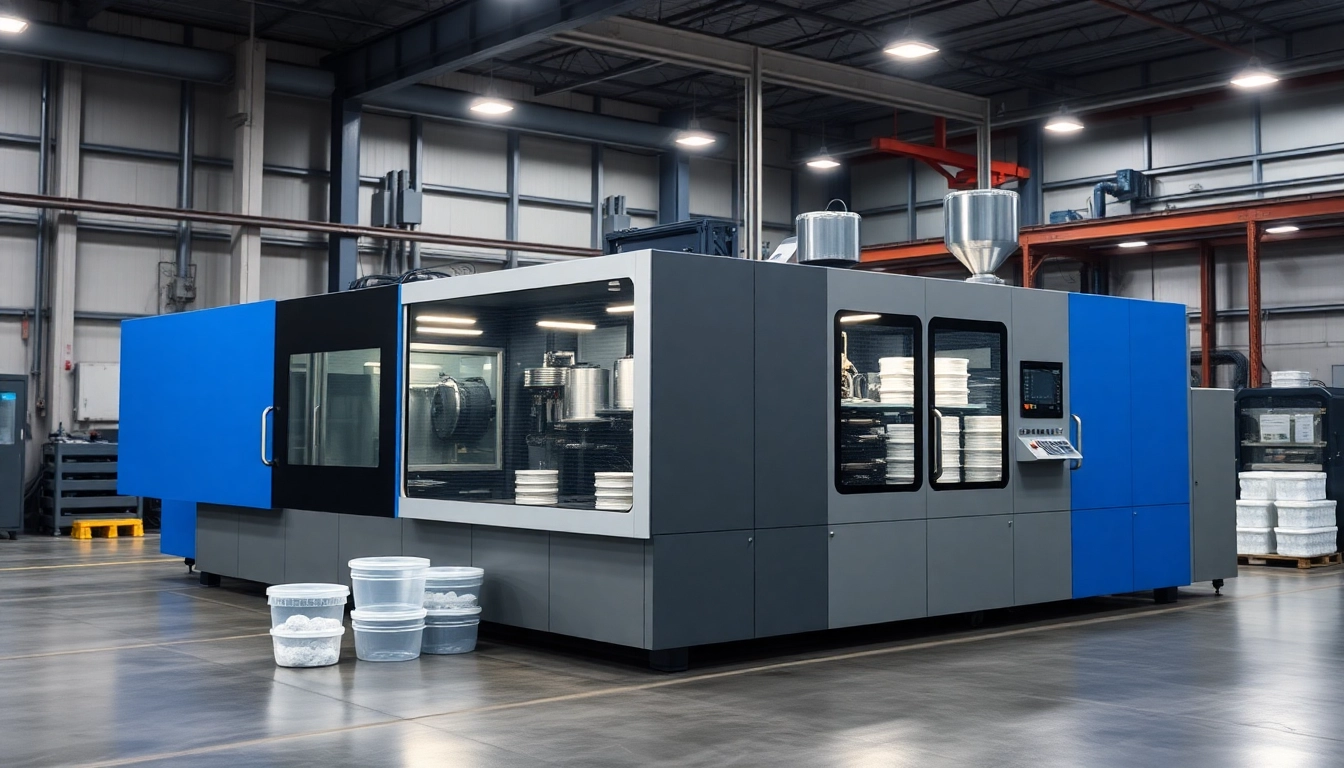



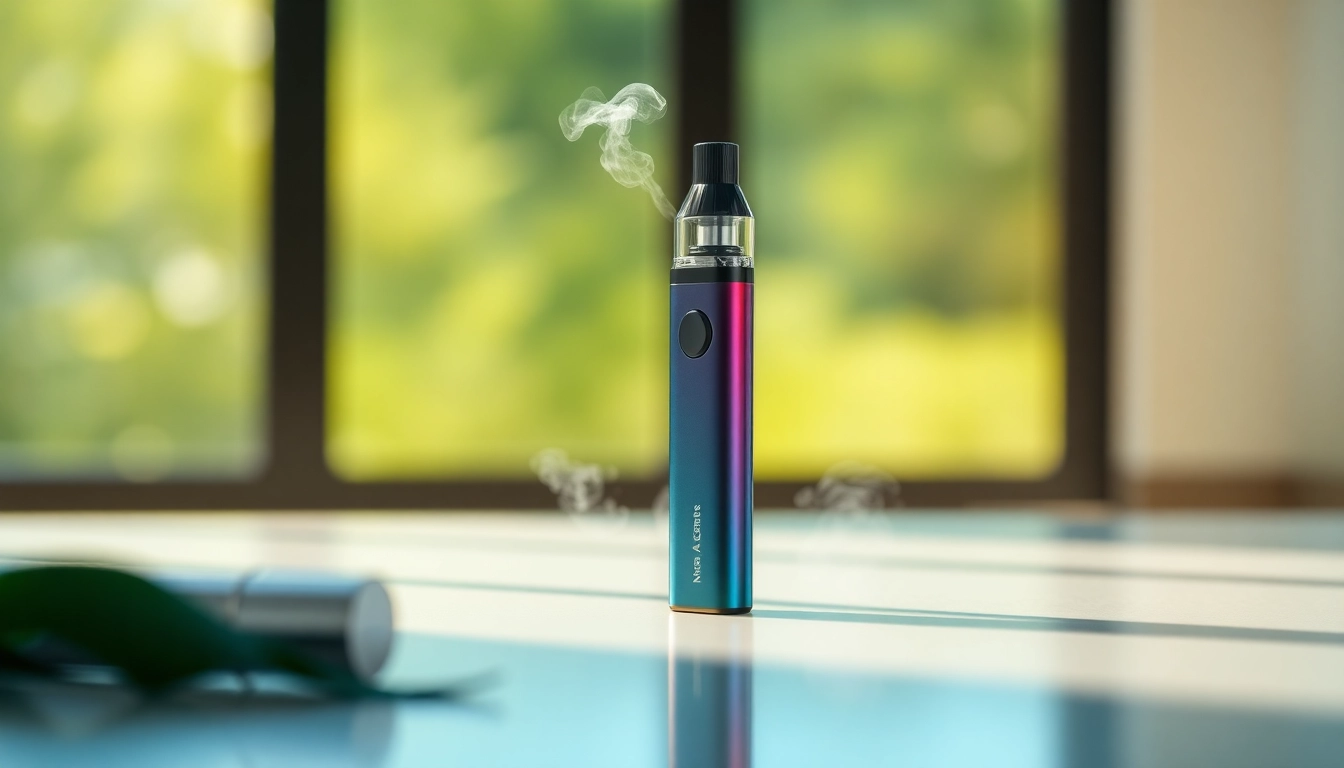
Leave a Reply